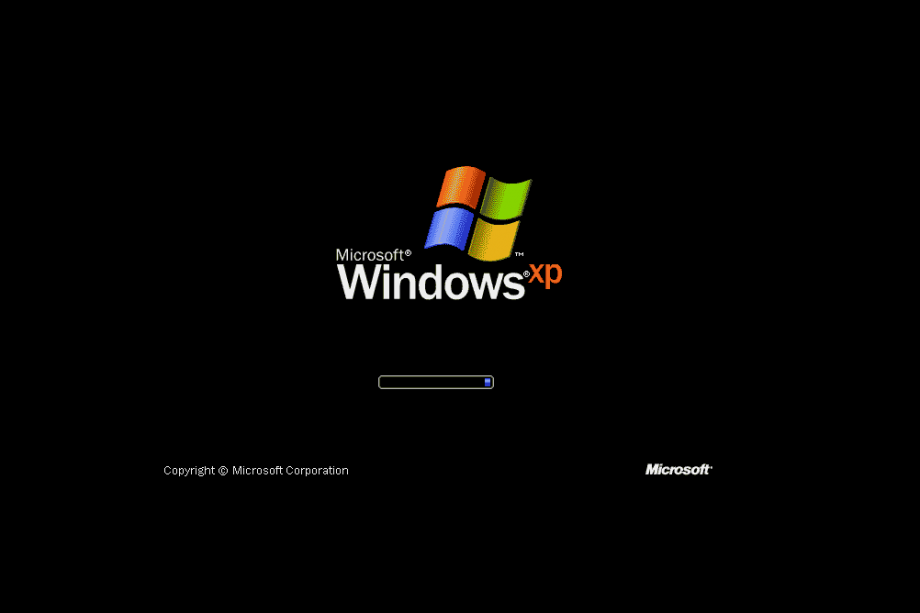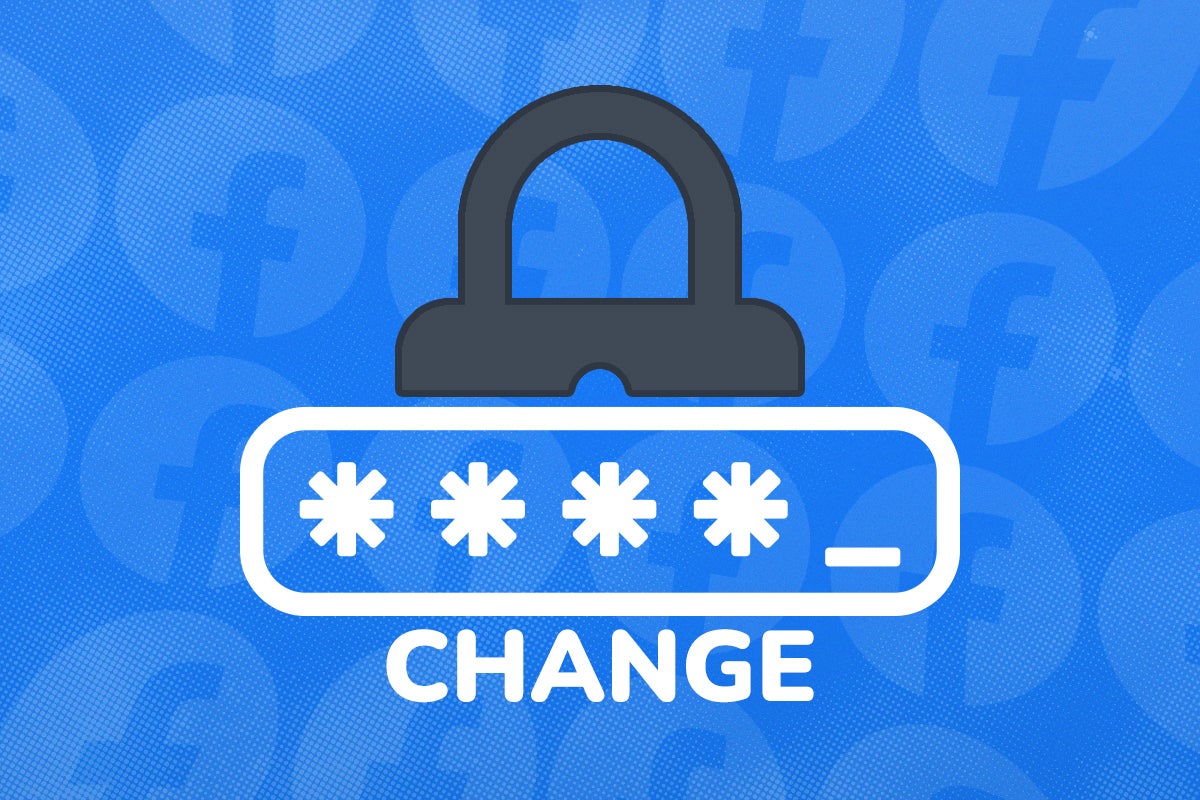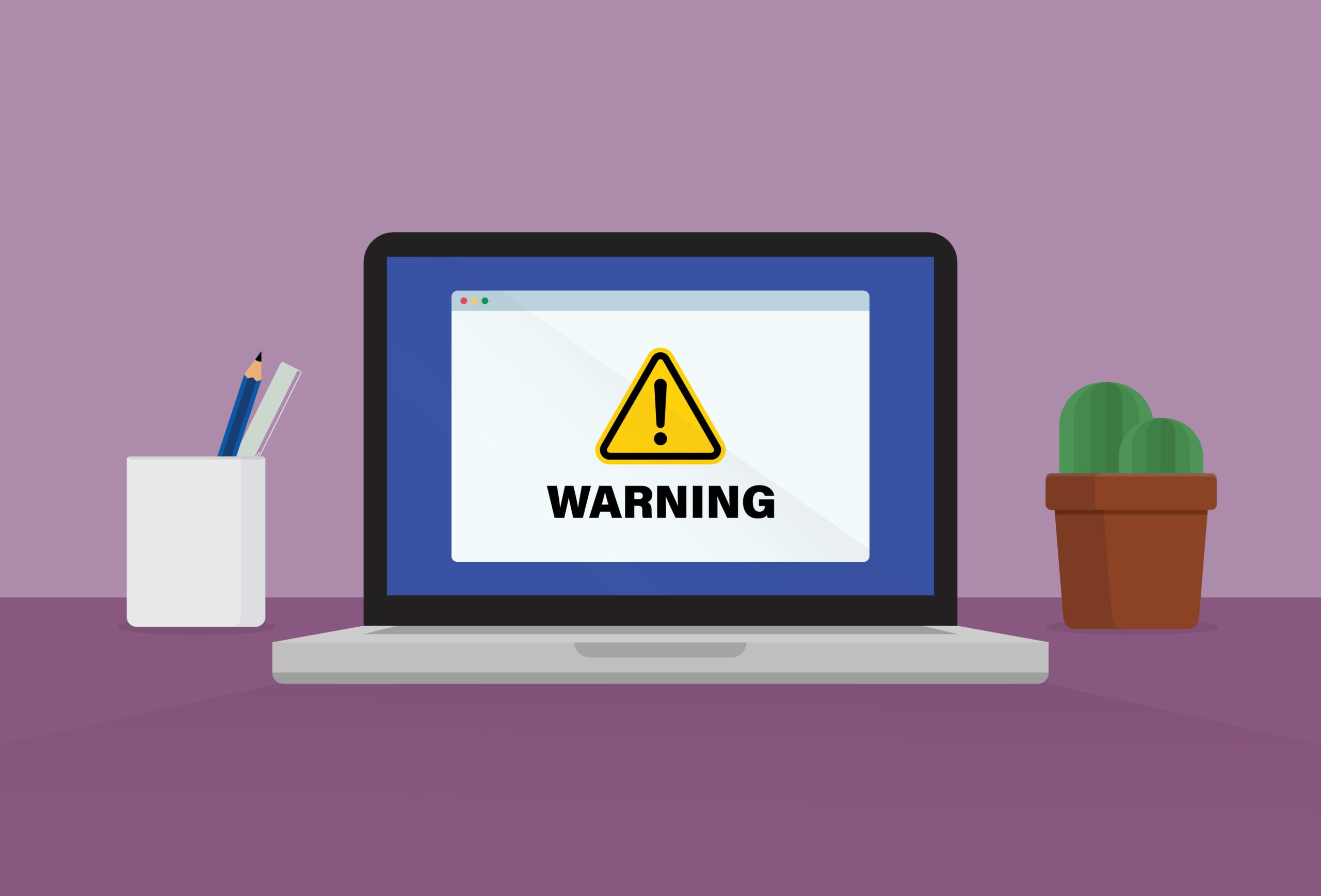Why you need to keep your operating system up to date

These days the headlines are full of tech news articles urging you to update your operating system them moment companies push them out. But with many taking significant time to download and requiring you restart the machine, it’s all too easy to delay actually installing them. Here to explain why that’s a bad idea, we’ve created this easy to understand guide, detailing why you should always keep your operating system up to date.
Security
Regularly updating your operating system and its software are vital to your security. OS updates can add new features, but they’re also the main way that exploitable vulnerabilities are patched.
Vulnerability patches close bugs and loopholes that could be taken advantage of by malware creators and other bad actors trying to gain access to your computer or its data. They’re often released before a vulnerability is officially announced, to ensure that as many systems as possible are protected before the world in general is informed of the security hole.

Save 81% on a VPN with SurfShark
Surfshark has dropped the price of its VPN to £1.94 a month. Head over to Surfshark now to pay a one time price of £46.44 for 24 months of Surfshark and save 81%.
- Surfshark
- 81% off
- £1.94 a month
Windows releases a number of different kinds of updates, including security updates, feature updates and threat definition updates for Windows’ security features.
Updates for Windows were traditionally put out on “Patch Tuesday” or “Update Tuesday”, the second Tuesday of every month, but the cycle’s significantly more complex now, with different kinds of updates loosely assigned to different weeks of the month. Security updates to fix major vulnerabilities are released “out-of-band” as and when needed.
If you want an easy and secure life, it’s generally a good idea allow your operating system to automatically install updates as needed, and Home versions of Windows in particular won’t give you much choice about this.
If you have irregular access to the internet, updates will be installed when you connect, which can be inconvenient, so be aware that your operating system may be busy updating and rebooting if you’ve not been online for a while.
If you’re administrating a system that needs to have some software components held at a specific version, then handling updates manually may be necessary, but that’s beyond the scope of this feature.
Use a current version of your operating system
The necessity of security patches is also why it’s an extremely bad idea to use an operating system that no longer receives updates for any system that’s going to go on the internet or generally be used as your day-to-day PC.
Using an out-of-date operating system version can also results in compatibility problems with new software that expects the features and filesystem layout that go with the version of the operating system it’s been built to run on.
The phrase you’re looking for when checking to see whether your operating system is still receiving updates is “end of support” or “end of life”.
Windows product lifecycle
You’ll find Microsoft’s product lifecycle dates for Windows 10 Home and Pro here and for Windows 11 Home and Pro here. Notice that Windows 10 and 11 have multiple versions, with a new one released about every six months.
The “end date” shows when each version will stop receiving security updates. You need to have upgraded your OS version by this point. Windows will typically do this automatically, as long as you have a decent internet connection.
Note, though, that an upgrade from Windows 10 to Windows 11 may not be possible on all hardware specifications due to Windows 11’s minimum system requirements. You’ll need a Trusted Platform Module (TPM) cryptography chip on your motherboard to meet Windows 11’s security requirements.
When Windows 10 reaches its projected retirement date in October 2025, you should either upgrade your hardware or switch to an operating system that doesn’t require TPM to keep using your PC safely.
macOS product lifecycle
Over in the world of macOS, Apple usually links new operating system versions to annual hardware refreshes, with support for legacy hardware dating back five or six years, or even longer depending on spec. For example, macOS Monterey, released in 2021, runs on most Macs released from 2016 on, and even the late 2013 Mac Pro model.
The support lifecycle of macOS is usually around three years, although security updates may be released for older versions. You can find lifecycle information distributed through various versions release notes, but the usual endoflife.date website has compiled them into a handy table.
Linux product lifecycle
GNU/Linux operating systems handle lifecycle in a variety of ways, from from “rolling release” distributions like Arch, which don’t have a formal release lifecycle but instead release small incremental updates, to “long-term support” (LTS) versions.
LTS releases are designed for stable deployments and guaranteed receive updates without a corresponding version upgrade for anywhere from anywhere from five years standard support and ten years of security updates in the case of Ubuntu LTS, to over a decade for Red Hat Enterprise Linux’s costly Extended Life Phase for enterprise support subscribers.
Like Windows, most non-rolling, non-LTS Linux distros release a major version update every six months or so, however.

Save 81% on a VPN with SurfShark
Surfshark has dropped the price of its VPN to £1.94 a month. Head over to Surfshark now to pay a one time price of £46.44 for 24 months of Surfshark and save 81%.
- Surfshark
- 81% off
- £1.94 a month
Can updates go wrong?
Yes. Because not even giant companies like Microsoft can test their software on every possible system configuration, an update can sometimes cause problems for users with unusual hardware setups.
I generally install day-to-day updates immediately, as these can be rolled back relatively easily if anything goes wrong, and wait a week or two (but no longer!) before upgrading to the next version of my operating system, to leave enough time for any unexpected bugs to be patched.
However, when a critical security fix comes out, it should always be applied immediately.







